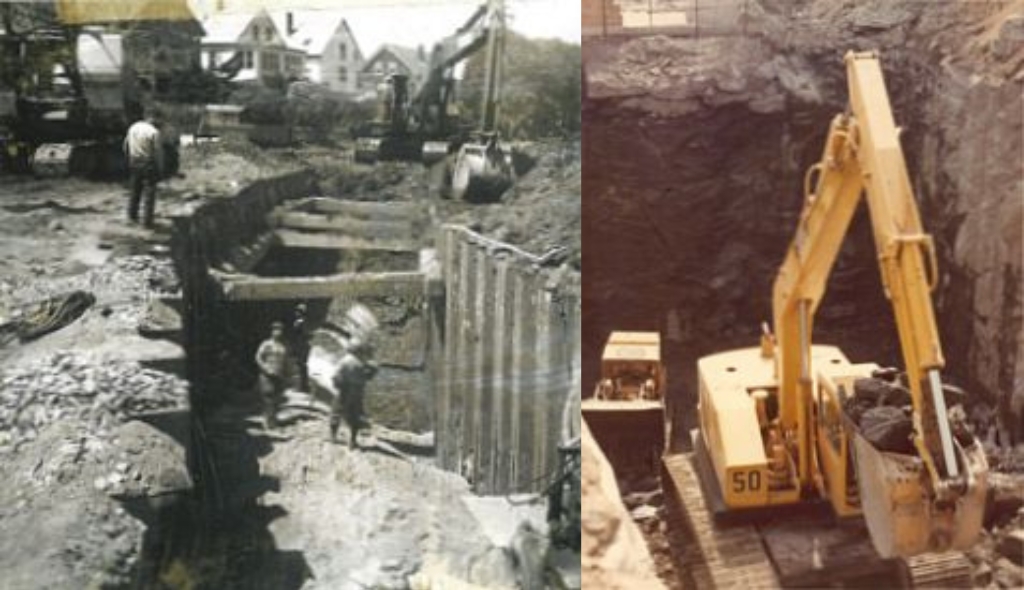

A brief history of SESD
Celebrating 100 Years of Keeping the Environment Clean
SESD was formed in 1925 and has been serving our member communities for 100 years.
-
1899
The Federal Rivers and Harbor Act passes.
-
1905
Peabody and Salem build the first sewer interceptor.
-
1924
Department of Public Health (DPH) issues a special report required by the provisions of Chapter 64 of the Resolves of 1923 to address sewerage disposal for Peabody, Salem, Danvers, Beverly, and certain state institutions.
Major concerns addressed by the Resolves:
- Ipswich River (Beverly and Salem water supply) contamination by state institutions waste disposal.
- Beach contamination in Beverly from sewer outfall off Independence Park. Sewerage and manufacturing waste in the waters adjacent to Salem and Peabody, especially the North River.

-
1925
SESD is created by Legislature, Chapter 339 of the Acts of 1925, to solve regional sewerage collection and disposal problems.

-
1926 - 1931
SESD constructs a sewage collection system as set forth in the enabling Legislation.

-
1935
SESD installs a grease and grit chamber in Salem to address grease issues in local waterways.
-
1945
SESD installs grease and grit chambers in Peabody to further address these grease issues.

-
1953 - 1955
SESD installs new pump station and outfall force main to address the post WW2 population boom.

-
1966
Congress creates the United States Environmental Protection Agency (EPA). Massachusetts Water Pollution Control (WPC) Division orders Cities and Towns to stop pumping raw sewage into Massachusetts Bay.
-
1968
EPA sets guidelines for primary treatment and SESD plans to build a plant at Cat Cove.

-
1972
The Town of Marblehead joins SESD’s member communities.
-
1973
SESD’s primary treatment plant construction begins.

-
1974
SESD starts one of Massachusetts’ first industrial pretreatment programs.

-
1977
The Clean Water Act sets discharge standards for secondary treatment. SESD’s primary treatment plant goes online.

-
1983
EPA orders SESD to build secondary treatment facilities.
-
1985
SESD begins design of secondary treatment facilities.
-
1991
A Consent Decree sets forth the requirement to complete secondary treatment facility by March of 1998.


-
1998
SESD’s secondary treatment facilities go online on schedule and under budget, while simultaneously completing rehabilitation of the primary treatment plant program.

-
2011
SESD begins to undergo capital improvements to maintain plant operations as primary and secondary facilities equipment approaches end of useful life.
-
2016
- Consent Decree ends.
- Ongoing significant capital improvements planned and underway to maintain plant operations.
-
2018
- SESD implements new asset sustainability management program utilizing Lucity software.
- SESD completes the Combined Heat and Power Plant installation to reduce operating costs to maintain SESD assets.
-
2023
SESD begins developing a Centennial plan to establish required facility upgrades to continue to serve the public for the next 100 years.

